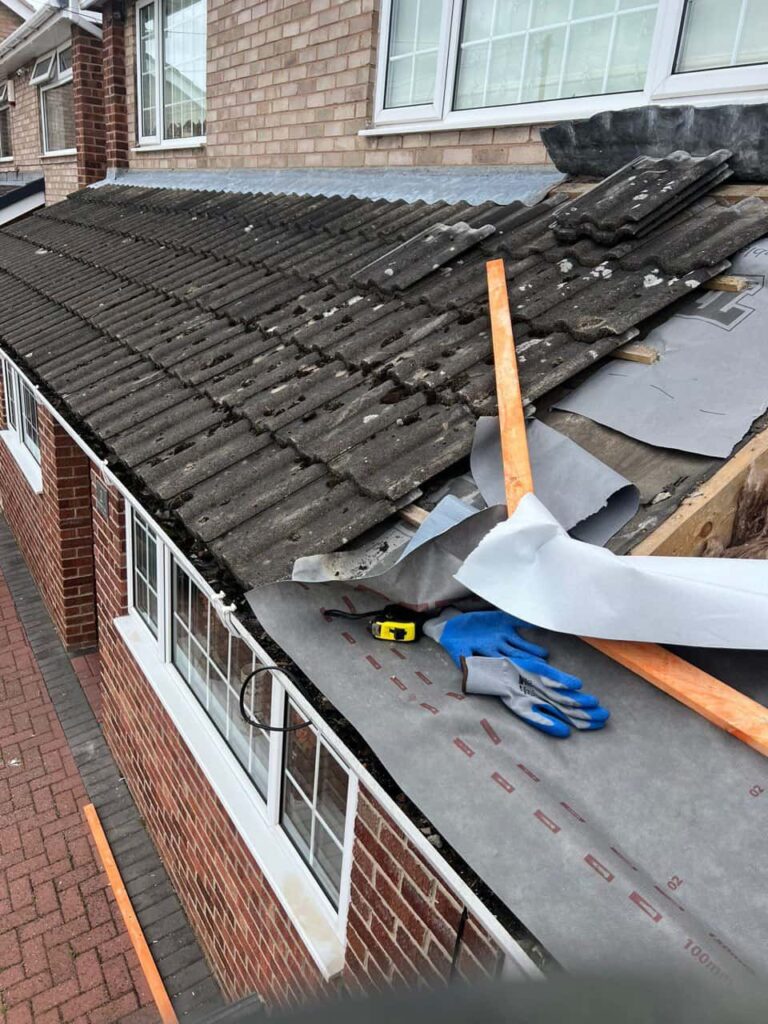Introduction: Detecting a roof leak early can save you from costly repairs and prevent extensive damage to your home. At Burgess Hill Roofing Repairs, we understand the importance of proactive roof maintenance. Here are essential DIY roof leak detection tips to help you identify potential issues before they escalate.
1. Conduct Regular Roof Inspections
Performing regular roof inspections is key to spotting potential leaks early. Use a sturdy ladder to access your roof safely. Look for signs of damage, such as missing, cracked, or curling shingles. Check roof penetrations like chimneys, vents, and skylights for gaps or damaged flashing.
2. Check Attic and Ceiling Areas
Inspect your attic regularly, especially after heavy rainfall or snowmelt. Look for water stains, damp spots, or mould growth on the ceiling and walls. Use a flashlight to examine dark corners and areas where roof rafters meet the ceiling for signs of moisture.
3. Monitor Gutters and Downspouts
Clean your gutters and downspouts regularly to ensure proper water drainage from the roof. Clogged gutters can cause water to overflow and seep under roofing materials, leading to leaks. Check for granules from asphalt shingles, twigs, leaves, and debris that could block water flow.
4. Use a Hose for Water Testing
On a dry day, enlist a helper to assist you in a water test. Use a garden hose to simulate rainfall by gently spraying water on different roof sections. Start low and work your way up. Have your helper check the attic or ceiling for any signs of water penetration as you spray each area.
5. Inspect Roof Flashing
Inspect roof flashing around chimneys, vents, and other roof protrusions. Look for signs of rust, gaps, or loose flashing that could allow water to penetrate beneath. Replace any damaged flashing or seal gaps with roofing cement to prevent leaks.
6. Check Roof Valleys
Roof valleys are vulnerable areas where water from different roof sections converges and flows to the gutters. Inspect these valleys for debris buildup or damaged shingles that could impede water flow. Properly maintained valleys help prevent water pooling and potential leaks.
7. Review Roofing Materials and Age
Understand the type and age of your roofing materials. Different materials have varying lifespans and durability against weather elements. Asphalt shingles, for example, may need replacement or repair as they age and become prone to cracking or curling, leading to leaks.
8. Monitor Indoor Humidity Levels
Monitor indoor humidity levels, especially in the attic. Excessive humidity can lead to condensation on roofing materials and structural damage over time. Ensure proper attic ventilation to regulate temperature and humidity, reducing the risk of roof leaks.
Conclusion: By incorporating these DIY roof leak detection tips into your regular home maintenance routine, you can identify potential issues early and take proactive steps to prevent costly repairs.
Call us on: 01444 711 397
Click here to find out more about Burgess Hill Roofing Repairs
Click here to complete our contact form and see how we can help you with your roofing needs.

